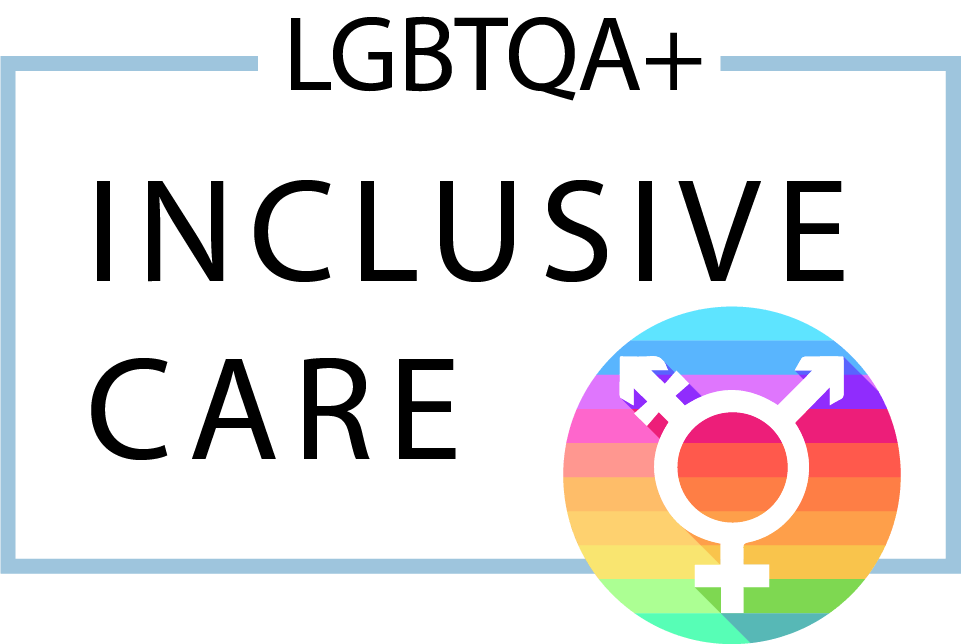Living with anxiety can be quite taxing. While it is the most common mental health disorder, that fact alone doesn’t make it any less frustrating when it ramps up.
Anxiety hits differently for different people. It might even affect you differently from situation to situation. While the cause and the symptoms may not be the same, there are methods currently being used to address anxiety that cover the many variations. Cognitive behavioral therapy, or CBT, is one of them.
What is CBT?
CBT has become one of the more favorable treatment methods for practitioners. Studies have shown this particular method to have positive outcomes for treating multiple mental health disorders including anxiety.
It takes place either in individual sessions or in group sessions under the guidance of a therapist. Through CBT you will learn how your thoughts, feelings, and behaviors are linked together, and by changing one of those it can impact the others.
A CBT session is structured and places focus on the mental component and the behavioral components. Between sessions, homework is provided to bridge the gap and allow for effective results.
CBT Techniques Used for Anxiety
Psychoeducation
In order to manage your symptoms, you need to have a better understanding of how your anxiety works. CBT will give education on how symptoms arise, how to control them, and how to move forward.
Challenging Negative Thoughts
You will learn the relationship your thoughts, feelings, and behaviors all have with each other. During a session, you will be guided on how to identify specific thoughts and essentially keep a log to track them. This will also be assigned for homework. Practice makes perfect.
You may also be asked to keep a log of emotions you feel during an anxious time, behavioral responses to your anxiety, and what the circumstances are. With your log, you also want to track the intensity you feel with each.
Once you have your tracking log, you can take a step back and challenge your negative thoughts. Are they warranted for this situation? Is there a reason to respond the way you are? Challenging negative thoughts can be difficult, especially if they have been long-standing ones. Patterns are hard to break.

Exposure Therapy
It’s a natural tendency to avoid things that cause harm or negative feelings. It is a means of self-preservation. With anxiety, however, avoiding it one time will only make it harder the next time. Pile that on over an extended time frame, and it could become an intense problem.
With CBT, you are provided with a safe space to face your fears. This is done through exposure. You will start slowly and on a smaller scale. As you process and overcome the small situation, you can effectively move on to a larger one. Moving too quickly can make you not want to continue along the process, so move at a comfortable pace.
Relaxation Techniques
When you’re feeling anxious, your body tends to tense up and enter an internal fight or flight mode. A key thing to ward off anxiety is to be able to calm your mind and body. Enter in relaxation techniques.
Shallow breathing is common with anxiety. It is also something taken for granted because you generally don’t have to think about it. Learning how it changes, becoming aware of the quality of breaths, and then being able to focus on longer, deeper breaths is one strategy to relax.
Another is through muscle relaxation. When your body is tense, it may take a little more work to undo that tension and take back control. A strategy used is to actively tense certain muscle groups and then focus on relaxing one at a time.
CBT is meant to span over many sessions to reach an effective healing point. Practice and repetition are key to success. If you are struggling with anxiety, this may be a helpful method to try. Contact us today to explore anxiety therapy.

